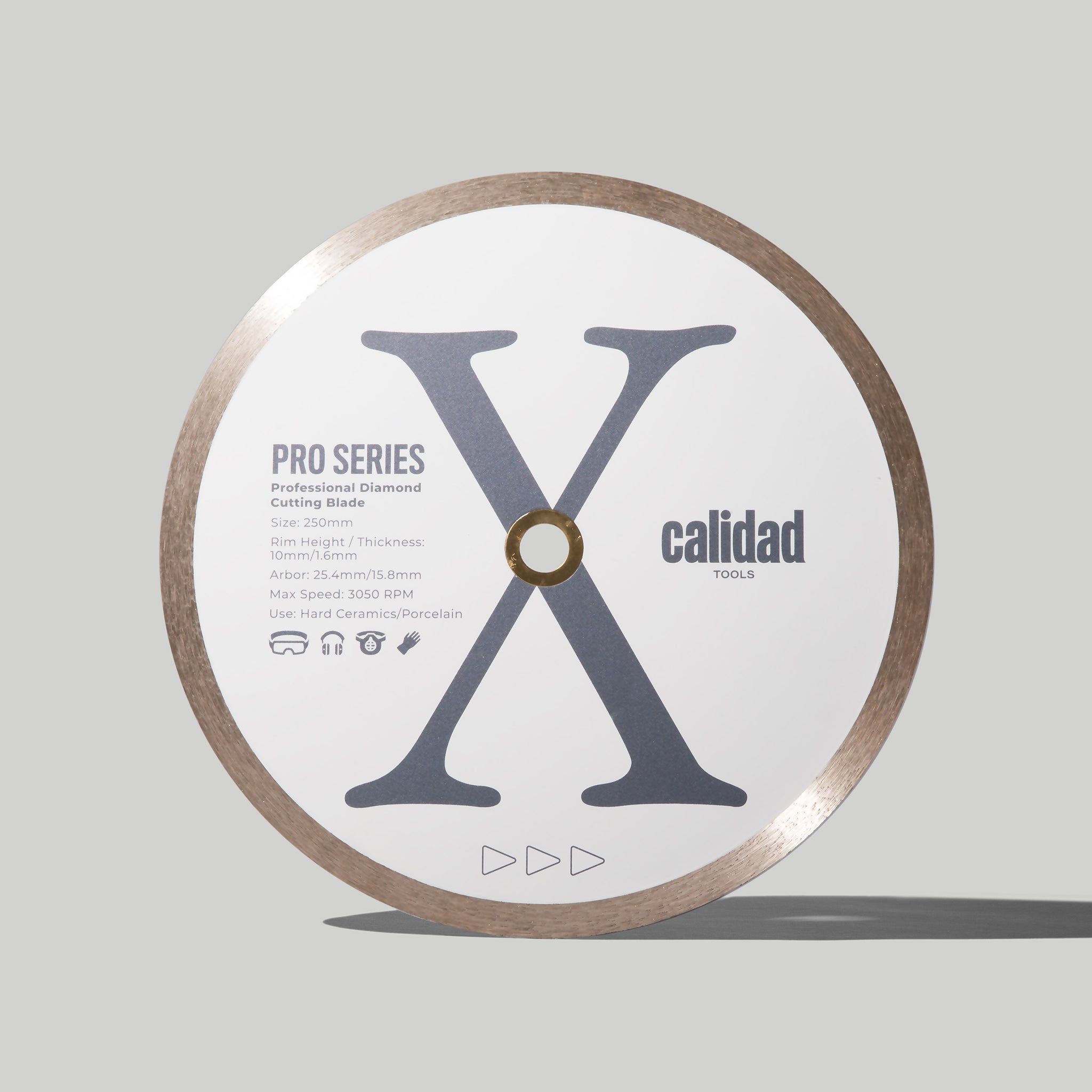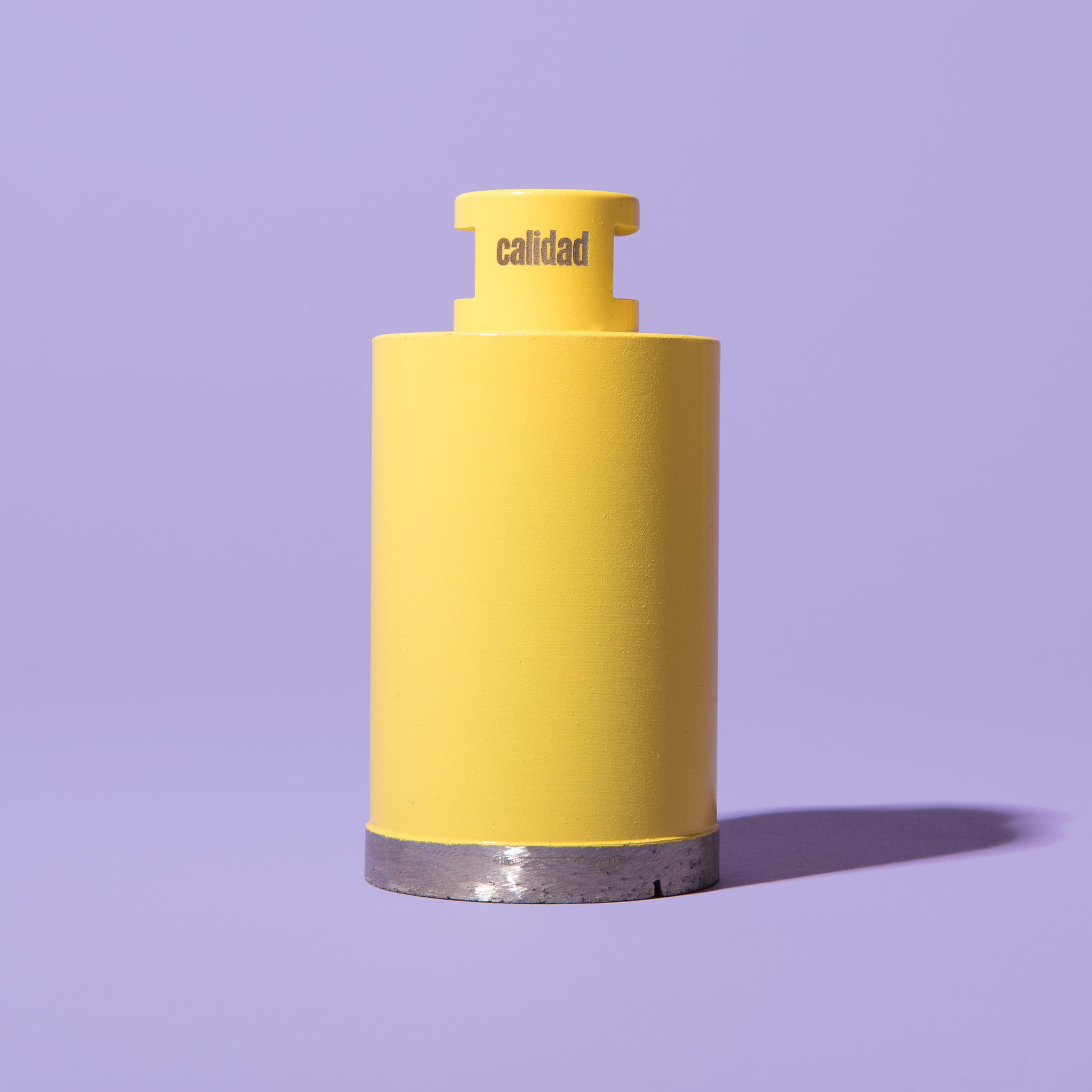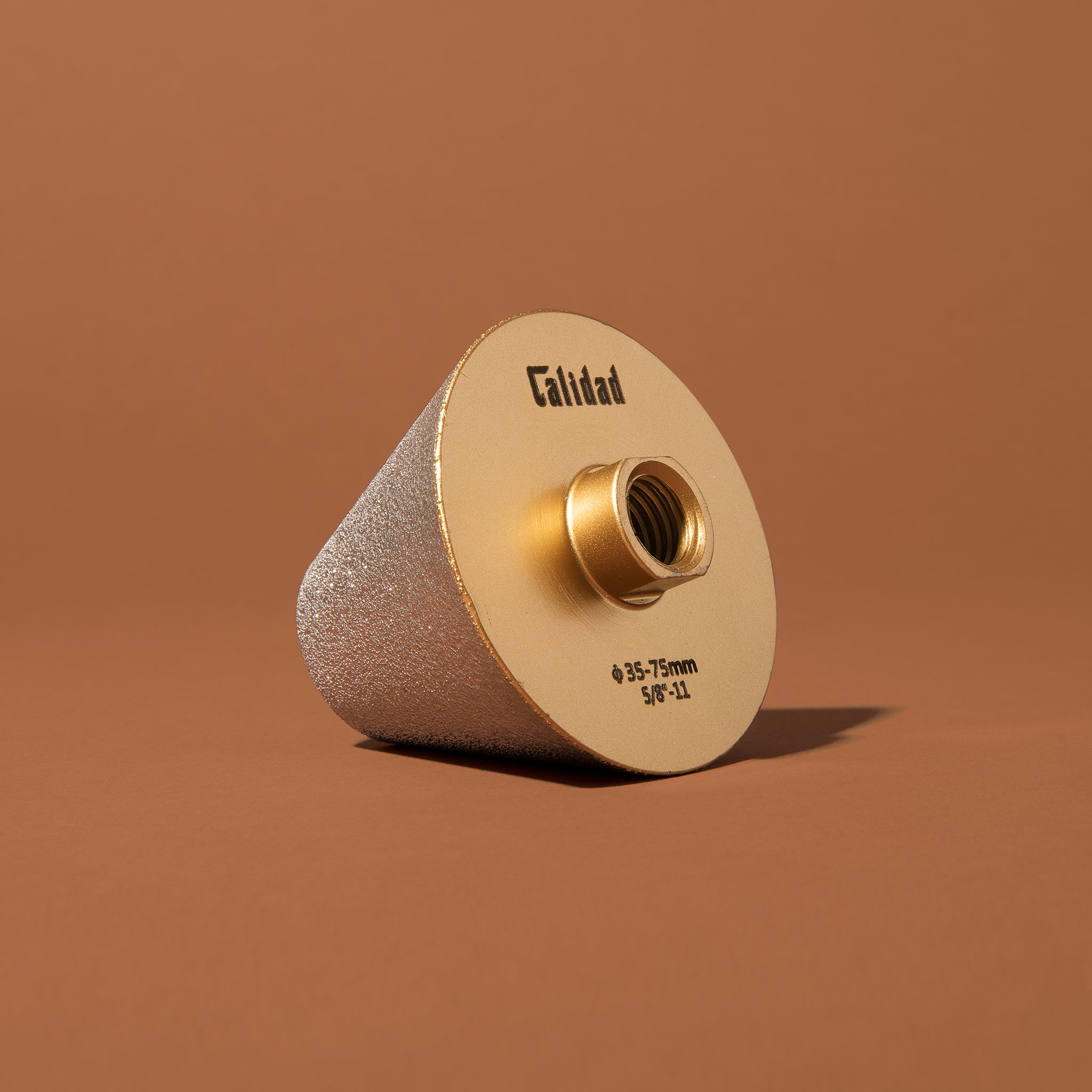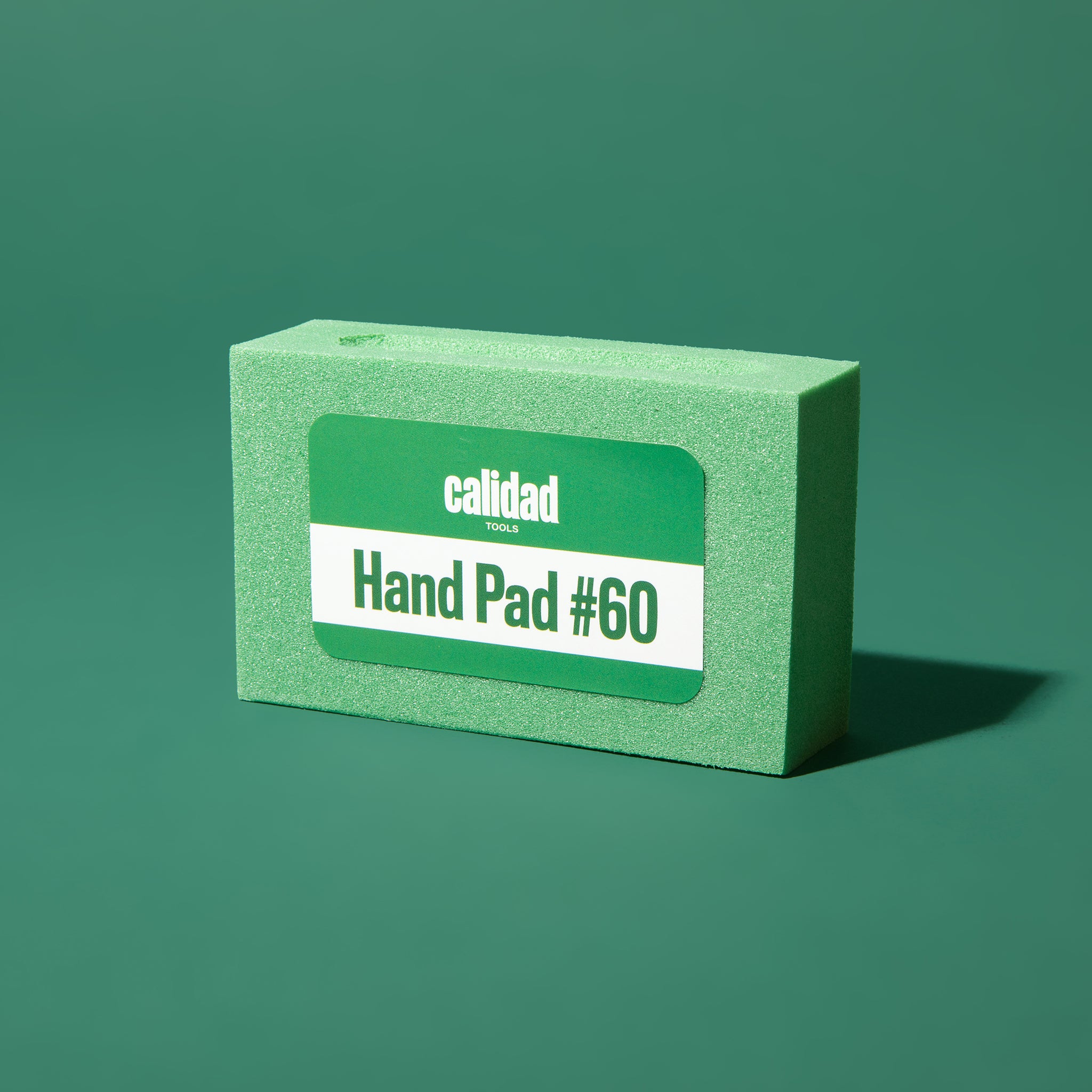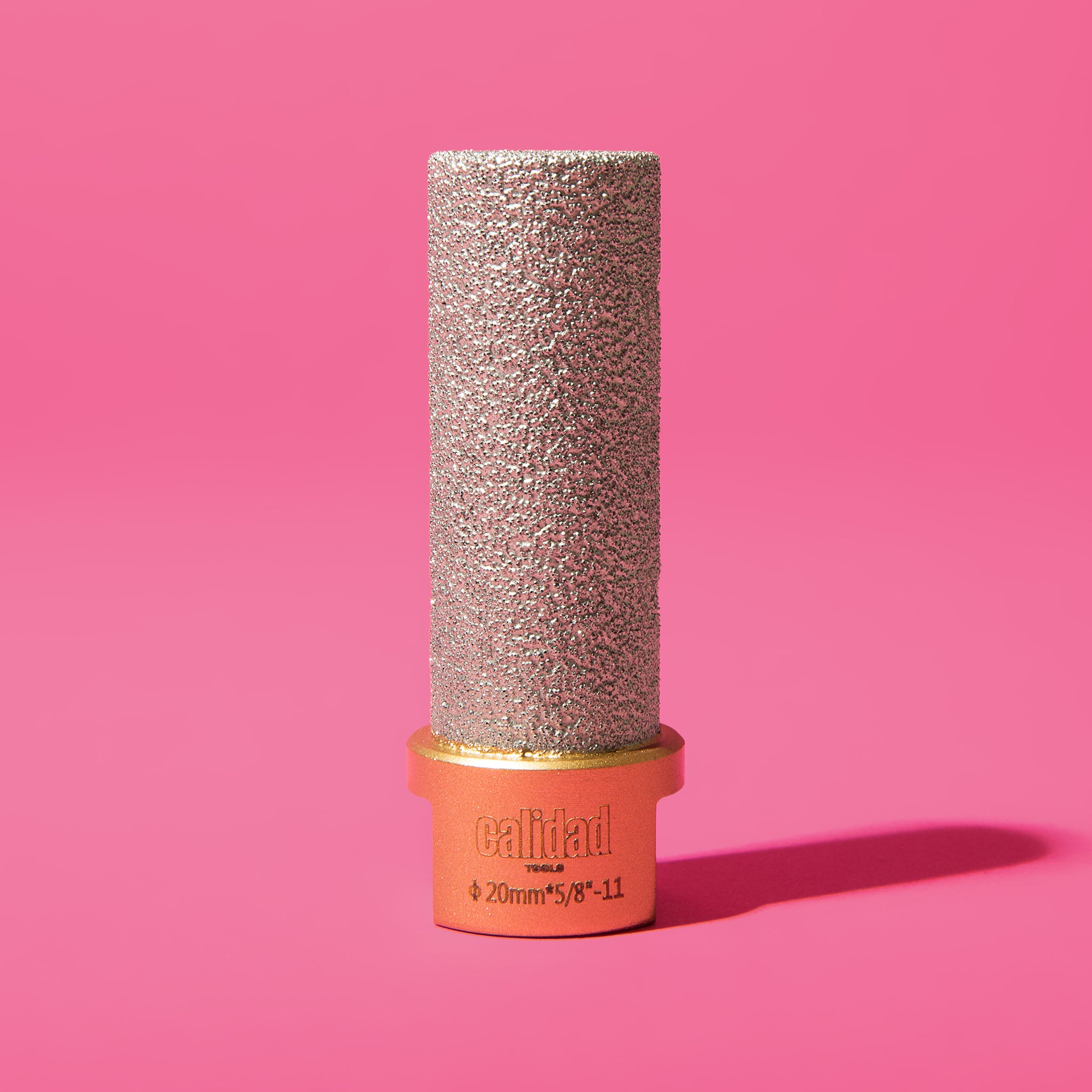How To Combine Tile And Wood Flooring?

Over the past decade, open spaces have become all the rage in interior design. Although open spaces are great, they do introduce a couple of problems. One of those problems being combining wood and tile flooring.
If done right, the transition between wood and ceramic flooring can look absolutely stunning. These two materials can complement each other like peanut butter and jelly. On top of that, there are tons of studies that show if you install high-quality flooring in your home, it'll skyrocket its value.
With that said there are a couple of factors you'll have to consider before combining tiles and wood flooring. The biggest factor is the type of wood you'll be using since some types don't match that well with tile. On top of that, you have to consider the color and texture of both materials, so they create a cohesive look.
As for installation, it's absolutely critical you ensure the transition between the materials is seamless. Let's dive a bit deeper into these considerations and then move on to the nitty gritty of combining these two materials into something seamless and stunning.
What You Should Consider When Combining Wood With Tile Floor

Mixing wood and tile can produce some absolutely breathtaking results, but it's crucial you do it right. This will ensure the transition between the materials is seamless.
So, here's a couple of things you should consider before starting your project:
- Design - Before you start thinking about combining tile and wood flooring, consider the overall design of the space. Take into account your home's style, color scheme, and lighting. Choosing materials that complement the design will ensure a cohesive, harmonious look.
- Durability - When considering tile and wood flooring, durability is crucial. Tiles are known for their resilience and low maintenance, while wood is more prone to scratches and damage. Especially if you have pets or children, opting for a durable tile or wood option is essential.
- Moisture - When blending tile and wood flooring, moisture is an important consideration. Tile is inherently resistant to moisture, making it suitable for areas prone to water exposure like bathrooms and kitchens. In contrast, wood flooring can be susceptible to swelling or warping if exposed to moisture for extended periods. Therefore, it's advisable to use tile in high-moisture areas and reserve wood flooring for spaces like the living room.
- Transition - When merging tile and wood flooring, the tile to wood floor transition is crucial. Selecting a transition element that smoothly integrates both materials is key. This might entail a stylish tile border or straightforward molding, depending on your desired aesthetic.
Integrating tile and wood flooring can enhance the appearance of your home. However, it's essential to consider these factors beforehand carefully. By choosing appropriate materials and transition elements, you can achieve a cohesive and visually striking flooring design that leaves a lasting impression.
What Materials Do I Need To Combine Wood and Tile Floor?

Before you even start installing your new flooring, you need to make sure you have all the necessary tools. Mixing wood and tiles can absolutely be a DIY project. However, to ensure you do it successfully you need the right tools.
Here's what you'll need to install both a wood and tile floor in your home.
Ceramic Tile Flooring Tools
Just a friendly reminder as we explore the tools below: both tile and wood flooring projects require some additional essentials like a measuring tape, level, and pencil. With these basic tools, you'll be all set to embark on your journey to installing stunning new floors in your home.
- Tile Saw - This power tool is indispensable for cutting tiles with precision, ensuring your installation is top-notch. Check out our store for premium angle grinder blades. Our Durty Kurt blade is specifically designed to cut tile with amazing precision and minimum chipping.
- Level - Ensures the surface you're working on is flat, crucial for achieving a polished finish without unsightly gaps.
- Tile Spacers - These handy tools maintain even spacing between tiles during installation, resulting in a professional-looking outcome.
- Check out our Clip Gang clips and wedges. They're specially designed to ensure perfectly level, aligned, and uniformly spaced tiles.
- Notched Trowel - You'll need a notched trowel to apply tile adhesive. If you're looking for the perfect tool, check out our NotchTile trowel. This revolutionary tool not only simplifies adhesive application but is also specifically designed for right-handed users, ensuring superb comfort.
- Grout Float - Used to apply grout and fill the gaps between tiles, ensuring a seamless and durable finish.
Remember, safety first! Anytime you're using power tools, make sure to don protective gear like gloves, earplugs, and eye protection.
Wood Flooring Tools
Once again, keep in mind that along with safety equipment and general tools like measuring tape and gloves, you'll need specific tools for installing wood floors.
Here's what you'll likely require:
- Miter Saw - This versatile tool is essential for making precise cuts, whether straight or angled, during hardwood flooring installation.
- Hammer and Nails - While nail guns or air compressors are commonly used, hammers and nails are an effective alternative for securing wooden floors.
- Pry Bar - Necessary for removing existing flooring or trim pieces and extracting nails or staples from the subfloor.
- Chalk Line - Ensures straight alignment of your flooring boards by snapping a chalk line on baseboards to mark the exact placement of planks.
- Tapping Block and Pull Bar - These tools ensure tight, gap-free fitting of hardwood boards by tapping each plank into place and pulling them together securely.
Always prioritize safety and adhere to manufacturer instructions when working with floor installation tools. If you're unsure about using any of these tools or techniques, seeking professional assistance ensures a correct and safe installation process.
How To Combine Wood And Tile Flooring?

With the right tools in hand and the area prepped for installation, combining tile and wood flooring is within reach. Before you start, remember to avoid aligning patterns directly.
Instead of square tiles meeting square parquet flooring, opt for varied lengths and widths of tile. Alternate the pattern to create contrast against the wood floor. A cool entryway could be the perfect space to try out this design concept.
Another key consideration is to ensure the depths of the flooring materials are as similar as possible. This helps avoid tripping hazards and maintains an even aesthetic, especially crucial when blending tile and wood with their differing thicknesses.
For a creative touch, think about integrating the tiles into the existing wood flooring in a way that feels natural and organic. It doesn't have to be flawless but should flow together seamlessly.
Which Tile And Wood Combo Should I Go For?
Combining tiles and wood flooring demands careful consideration to ensure the chosen colors and textures reflect your personal style. You have the flexibility to play with contrasting shapes and hues or go for materials that complement each other seamlessly.
If you're itching to make a bold statement, consider hexagonal tiles for an unconventional optical illusion. This geometric approach allows for intricate cuts, resulting in a dynamic fusion of tiles and wood flooring.
To achieve a striking contrast, ceramic cement tiles, whether vibrant or patterned, inject personality and character into the space. Their smaller size invokes creative expression, making them ideal for imaginative designs.
For a more understated elegance, a simple frieze tile border can delicately delineate spaces while adding a touch of sophistication. Introducing a mix of tile and wood flooring subtly breaks the monotony of a room, adding visual interest without overwhelming the space. To infuse modern flair, go with marble-effect tiles or light-toned tiles to create a captivating tile carpet, accentuating focal points such as fireplaces, bathtubs, or kitchen islands.
For those drawn to a natural aesthetic, consider blending natural wood with stone-look tiles. The warmth of natural oak harmonizes beautifully with the timeless elegance of ceramic stone, creating a cohesive and authentic ambiance.
This harmonious fusion pays homage to nature, imbuing any room with character and style. With these design ideas, you can achieve a harmonious and visually stunning fusion of tiles and wood flooring that elevates the ambiance of your space.
Tips On How To Combine Tile And Wood Flooring

If you're still having trouble with how to seamlessly combine tile and wood flooring, here are a few additional pointers to help you achieve a polished result:
- Utilize Transition Pieces - Incorporate transition pieces or edge-protection profiles to not only safeguard your investment but also establish a natural division between the two materials. This creates distinct spaces, drawing attention to the flooring itself and fostering a unified visual experience.
- Strategic Tile Placement - Go for tile in areas prone to moisture, spills, and stains. By integrating a tile inlay in the center of the room, you can enjoy the resilience of tile without the need to replace the entire hardwood floor. Leave the wood flooring along the room's perimeter and carve out a square or rectangular space in the middle for the tile inlay.
- Coordinate Colors and Tones - Select tile and wood flooring with similar colors and tones to ensure a harmonious blend. By choosing complementary hues and materials, you can establish a cohesive and inviting space that exudes warmth and sophistication.
Implementing these tips can help you overcome challenges and achieve a seamlessly integrated look that elevates your home's aesthetic appeal.
Final Thoughts
Combining tile and wood flooring can be a daunting task, but with careful planning and the right tools, it's entirely achievable. From considering design elements and durability to seamlessly integrating transition pieces, there are numerous factors to weigh.
Ultimately, by incorporating complementary colors and textures and utilizing strategic tile placement, you can create a cohesive and visually stunning flooring design that adds character and warmth to your home.
And if you're looking for any tools for your next DIY tiling project - we got you covered! Check out Calidad store for premium-quality tiling tools and accessories. We got everything from holes saws and drilling bits, to trowels and saw blades!

